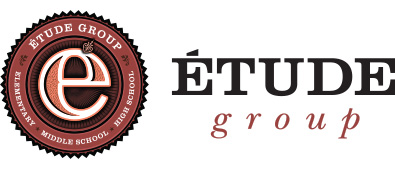Dear Parents,
This is the first in a series of ESAA Literacy Parent Connections about Family Literacy. Throughout the next several months, I will share with you what family literacy is, why it is important, and strategies that promote literacy development in the home. This first letter addresses what family literacy actually is.
The term family literacy is a complex concept; here are some descriptions of family literacy:
- Family literacy encompasses the ways families, children, and extended family members use literacy at home and in their community.
- Family literacy occurs naturally during the routines of daily living and helps children and adults “get things done”.
- Examples of family literacy might include using the following: drawings or writing to share ideas, composing notes or letters to communicate messages, keeping records, following written directions, making lists, or sharing stories and ideas through conversations, reading, and writing. Keep in mind that literacy encompasses reading, writing, speaking, and listening!
- Family literacy may be initiated purposefully by a family member, or it may just occur spontaneously as families and children go about the business of their daily lives.
- Family literacy activities also reflect the ethnic or cultural heritage of the families involved.
- Family literacy activities may be initiated by the school. These activities are intended to support the acquisition and development of school literacy for children and families. Examples could include the following: Storybook reading, writing, and helping with homework assignments.
- Family literacy involves parents coming to school for back-to-school night, Presentations of Learning (PoLs), ESAA Parent Connections nights, and programs children participate in, including Exhibitions of Learning (EoLs).
- Family literacy involves parents coming to their child’s classroom to observe; to read to the children; to share artifacts, hobbies, and their professions; to help with center time.
- Family literacy involves parents in workshops at school to help them learn about and understand what they can do at home to help their children.
Here are ideas for integrating literacy into the home environment:
- Read to and with your child. Talk about books or other literature with your child.
- Leave a note in your child’s lunchbox. (Who doesn’t enjoy getting a surprise note of encouragement?)
- Help your child with home learning.
- Talk about your day/your child’s day. Share stories at mealtime.
- Discuss or retell plots from TV programs and/or movies.
- Keep a parent and child journal. Share writing. (I like to refer to it as a “dialog” journal between you and your child.)
- Keep a chart of chores. Keep lists, such as grocery lists.
- Create a library in your home. Visit a library.
- Cook with your family following a recipe.
- Record family trips in a journal.
I hope you have found the first letter on Family Literacy to be helpful and informative. The next letter in the series will again focus on Family Literacy and why it is important.
Until next time,
Lori Ladiges
ESAA Interventionist

